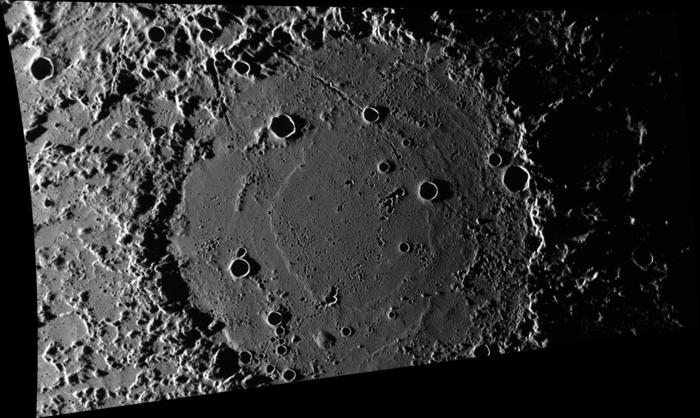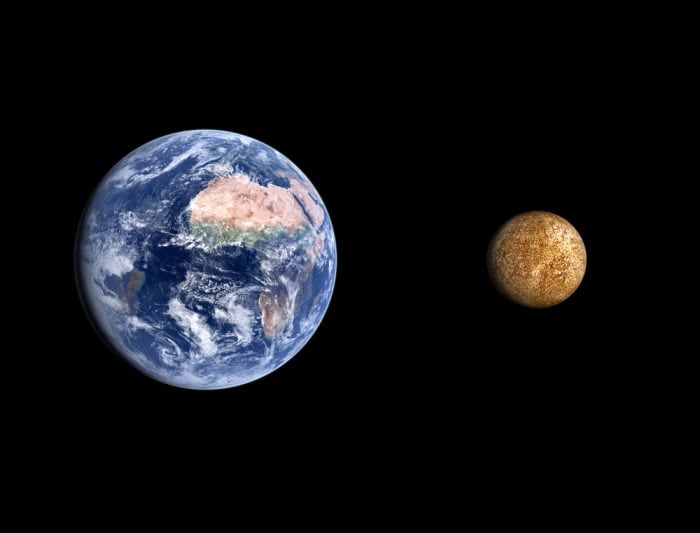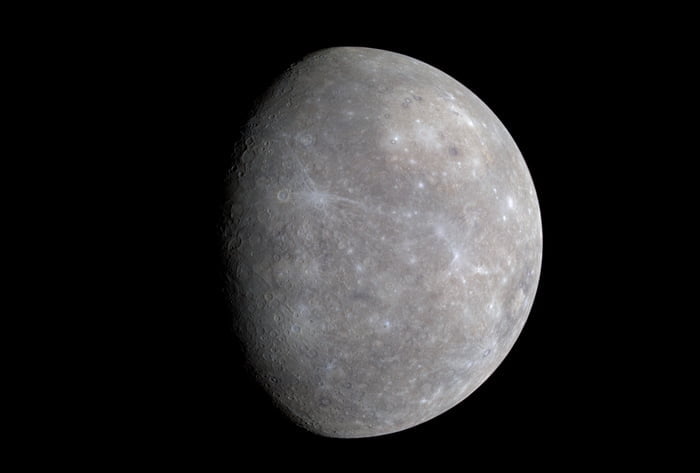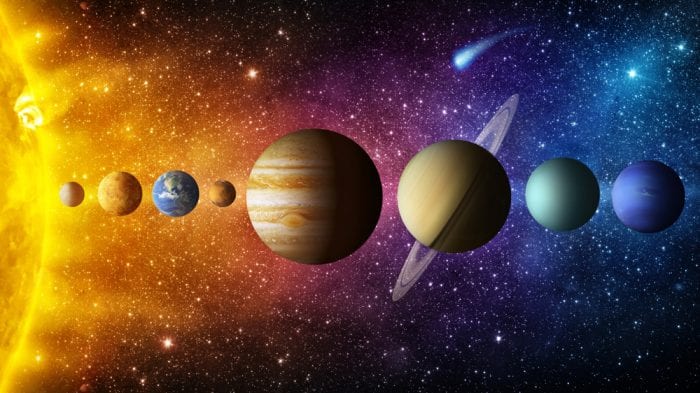
The name of this planet comes from the tradition of the ancient astronomers of Babylon, who, through Greek culture, associated the characteristics of the various planets with the features of the Olympian gods. So it makes sense that the fastest planet bears the name of a messenger of the gods in winged sandals. By the way, in Rome this god became the patron saint of thieves and dexterity, but in this the planet was not like him: it did not have enough "weight" to hold its own atmosphere, which could mitigate the effects of its proximity to the Sun.
Mercury's allure has fascinated many, from Isaac Asimov, who chose it as the setting for some of his stories, to Farrokh Bulsara, who may have decided to become Freddie Mercury because of this planet, as his family practised Zoroastrianism. Or maybe it had something to do with the fact that in Tunguu, near his hometown of Stone City, Nasa built a satellite in 1960 that tracked space stations as part of the Mercury programme.
Mercury remained a poorly studied planet for a long time because of the difficulty of observing it. The first person to attempt to map its surface was Giovanni Virginio Schiaparelli in the late 19th century. The Italian astronomer was also the first to suggest that Mercury's rotation period was equal to its orbit around the Sun.
Mercury was first visited in 1974 by the American Mariner 10 probe, which transmitted photos taken during three successive passes to Earth. Now that the instruments at NASA's disposal are much more advanced, the scientific community is awaiting information from the Esa/Jaxa BepiColombo mission, which set off for Mercury in 2018 to study its origin, evolution and motion, analyse its planetary characteristics, determine the origin of its magnetic field and once again confirm the predictions of Einstein's general theory of relativity.
Much information has been gathered over the centuries through observations of the movement of a planet in front of the Sun. Transit is a rare phenomenon that occurs when, from our vantage point, Mercury is in the direction of our star, having an orbit more inward than that of Earth. Along with Venus, it is the only planet whose transit can be observed from Earth, but while for Venus it occurs only twice every hundred years, Mercury can be observed more frequently, 13-14 times per century.
The first transit of Mercury was predicted by Kepler based on accurate astronomical calculations and observed on 7 November 1631 by Pierre Gassendi, a 17th century scientist and philosopher. During the first observation, Mercury was found to be much smaller than expected (about 6 times smaller than expected), so much so that Gassendi first thought he was observing a sunspot.

Mercury and the features of this planet.
1. Mercury is the smallest planet in the solar system, so small that it is smaller than Titan and Ganymede, the natural satellites of Saturn and Jupiter. Just think that its radius is 2440 km, similar to the radius of our Moon - 1737 km!
2. It's hot... or rather cold! Mercury has the largest temperature range of any planet in the solar system: there is a big difference in temperature between day and night. At Mercury's equator, it can vary from 450° to -180°!
3. Mercury has the most elliptical orbit of all! This means that its path around our star is the least circular of the other planets.
4. Mercury has the most elliptical orbit of all! This means that its path around our star is the least circular of the other planets.
5. It is a very empty planet, and in appearance it looks like the Moon. It is so "lifeless" that there isn't even a real atmosphere! There is only a very thin layer of gas, not enough to protect it from the sun's rays.
6. While the Earth's inner and outer core occupies about 14% of our planet, Mercury's core is huge and takes up half its volume! Therefore, scientists suggest that Mercury was once a much larger planet, the size of the Earth.
7. The Earth takes 24 hours to rotate around its axis and 365 days to rotate around the Sun. And Mercury?
It has a peculiar behaviour: it takes about 59 days to turn around its axis and 88 days to make a circle around the Sun. This is perfect synchronicity: for every 3 revolutions around itself, the planet makes 2 revolutions around the Sun!
8. The planet is covered with large and small craters and huge scars caused by meteorite impacts. Among Mercury's many records is the presence of one of the largest craters in the solar system, relative to the size of the planet. This is the Caloris Basin, nearly 1600 kilometres in diameter!
9. In the past, Mercury was thought to have no magnetic field, but it does! This is due to the rotation of the planet's large, liquid, iron-rich core. But it's very small, about 1% of the Earth's.
10. There are many volcanic formations on the surface of the planet, that is, made up of rocks of volcanic origin, but nowhere near volcanoes! This can be explained by the fact that the lava is so liquidthat it has no time to solidify!




 and then
and then 
